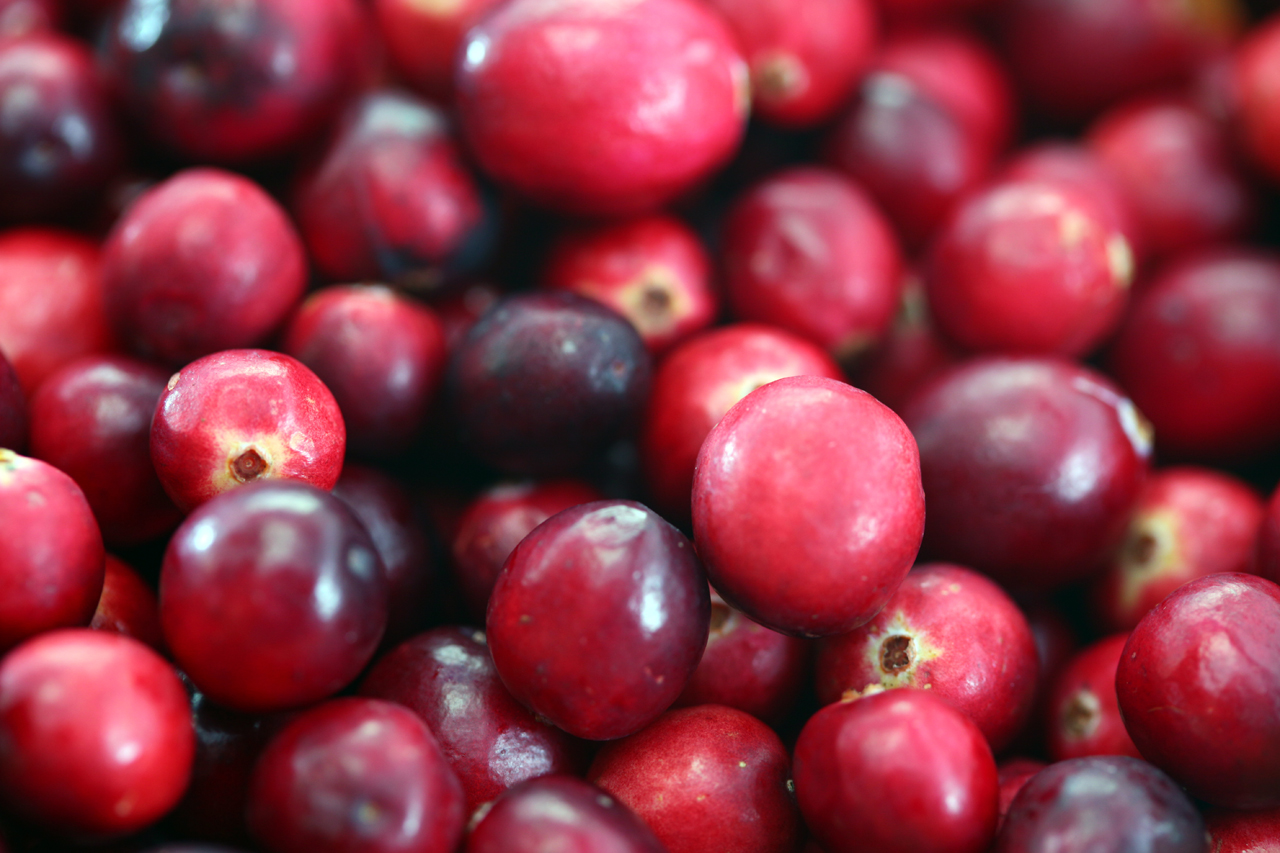
The term cranberry was derived from the word
“craneberry” because the cranberry flowers resembled Sandhill cranes.
Regardless of the terminology used, these brilliantly colored little darlings
are a beautiful side dish to a large majority of Americans’ Thanksgiving meals
each year.
Did you know that Americans are said to consume more
than 400 million pounds of cranberries each year? That is a lot of cranberries.
I would venture to guess that one particular relative on my husband’s side of
the family is a large contributor to that 400 million pounds. This gentleman makes
cranberry relish every fall by the bushel full. I think he has a freezer
designated solely for his relish. The cranberry man, as I like to call him, then
eats his prized snack with every single meal throughout the rest of the year.
Sounds like a great idea, right? The only
problem is I am fairly certain his sugar to cranberry ratio is about five to
one. That is, five pounds of sugar to one pound of cranberries. This is a case
of health food gone wrong.
Michigan State University Extension had some
very interesting facts about cranberries. This fruit is native to North America
and Native Americans are reported to have consumed cranberries regularly. The
berries were also used for fabric dye and medicinal uses. Did you know
cranberries grow in bogs and not water? The bogs are beds layered with peat,
sand and clay and they are flooded twice a year. Here is a fun video for kids
and adults on growing cranberries: http://thekidshouldseethis.com/post/cranberries-how-does-it-grow.
How healthy are cranberries? Quite. University
of Maryland Medical Center shares on their website that this fruit is high in
antioxidants and an excellent source of vitamin C. Cranberries have
traditionally been used for treating urinary tract infections and ulcers.
Researchers are testing cranberries for their ability to protect us against
heart disease, cancer, certain bacterial illnesses, high cholesterol and some
viruses.
I have to admit to drinking cranberry juice on a
regular basis up until a few years ago when I started reading food labels. My
thinking was that it was fruit juice, so it must be healthy. Let’s take a look.
One popular brand of cranberry juice has 28 grams of sugar in one eight ounce
serving. There are approximately four grams of sugar in one teaspoon. If you do
the math, then basically in this one glass of seemingly healthy fruit juice,
you are also consuming about seven teaspoons of sugar.
But the label says 100% real fruit juice and
it’s even organic. It doesn’t matter. Have you ever tasted a fresh cranberry? Since
you need something extra to get that much tartness to go down the hatch, they
tend to add a lot of sugar or other sweetener. By comparison, the same company
had another product labeled as “unsweetened pure cranberry juice”. This juice
only contained nine grams of sugar.
Since cranberries have a high pucker rating, try
incorporating the fresh or dried fruit a little at a time into your oatmeal, granola,
salads, or salsa. You can also try this Dixie Sandborn family favorite
cranberry bread recipe on Michigan State University’s website. http://msue.anr.msu.edu/news/cranberries_and_their_many_uses.
Kelley
Rawlsky has an M.S. in horticulture and is the director of Bringing People and
Plants Together, an organization dedicated to bringing horticulture education
and therapy to the community. For more information: PeopleAndPlantsTogether@gmail.com or follow us on
Facebook.
Article originally published in Broomfield Enterprise - Nov 27, 2017
No comments:
Post a Comment